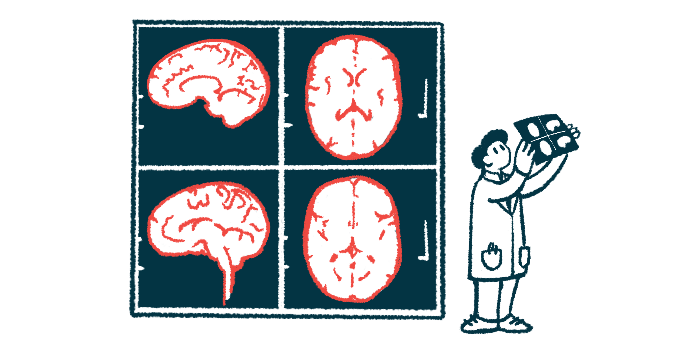Heart and brain abnormalities associated with 2 microRNAs
FA patients found to have lower levels of one, higher levels of another

Two microRNAs (miRNAs) — tiny molecules that control the activity of genes — are associated with structural brain and heart damage in Friedreich’s ataxia (FA) patients, according to a study from Brazil.
FA patients were found to have higher levels of one miRNA, and lower levels of another, relative to healthy controls.
“We propose these miRNAs as possible prognostic biomarkers for [FA],” the researchers wrote.
The study, “Plasma miRNAs Correlate with Structural Brain and Cardiac Damage in Friedreich’s Ataxia,” was published in The Cerebellum.
FA is caused by mutations in the FXN gene, which provides instructions for making the frataxin protein. When not enough frataxin is produced, the functioning of mitochondria, cellular structures that produce energy required by cells, is impaired. Nerve and muscle cells, which require a lot of energy, are particularly sensitive to the loss of frataxin, leading to the degeneration of the nerves involved in muscle control.
MicroRNAs as biomarkers
Degeneration typically occurs in peripheral nerves that run from the body to the spinal cord, and in the cerebellum, an important brain region for coordinating voluntary movement. This degeneration causes impairments in sensory inputs from the body to the brain and commands from the brain back down to the body, ultimately leading to ataxia, or a lack of coordination.
In addition to ataxia, about three-quarters of FA patients have heart abnormalities, most commonly hypertrophic cardiomyopathy. In this condition, the cardiac muscles lining the heart become thick and enlarged, decreasing the heart’s ability to pump blood.
miRNAs are small stretches of genetic material that can change gene activity. These molecules can be isolated from the blood and are stable when stored for extended periods, making them ideal candidates for biomarkers.
“Although some studies assessed the miRNA profile in [blood cells] from patients…, none of them focused on organ-specific objective markers of [FA]-related damage, such as those provided by advanced imaging techniques (advanced MRI),” the researchers wrote.
The researchers compared miRNAs from 18 FA patients and 13 healthy controls. Results showed that FA patients had higher levels of one, miR-26a-5p, and lower levels of another, miR-15a-5p, relative to healthy controls.
The scientists then sought to find out if these abnormal levels of miRNAs were associated with particular clinical characteristics of patients and measures of organ-specific damage as captured through MRI imaging.
They found that higher levels of miR-26a-5p were associated with an earlier age of onset for FA. Higher levels of miR-26a-5p correlated with larger cerebellums and larger spinal cord areas.
“In particular, miR-26a-5p seems to be a good candidate for tracking neurological damage as it was associated with both cerebellar and spinal imaging abnormalities,” the researchers wrote.
Elevated levels of miR-26a-5p were also linked to a larger left ventricle, the heart’s main pumping chamber, which may indicate hypertrophic cardiomyopathy.
Conversely, lower levels of miR-15a-5p were associated with abnormal heart, brain, and spinal cord imaging. A patient with less miR-15a-5p in their blood would tend to have a larger cerebellum, notable spinal cord eccentricity (reflecting damage), and thicker left ventricle.
Both of these miRNAs are known to decrease the activity of the BDNF gene, which provides instructions for creating a protein of the same name that supports nerve cell health. The researchers hypothesized that a subsequent reduction in BDNF levels via these miRNAs “could contribute to neuronal loss (in the cerebellum and sensory pathways), which may underlie the ataxia phenotype.”
“We found that, in our [FA] Brazilian cohort, when comparing patients versus controls, the miR-26a-5p and the miR-15a-5p are abnormally regulated and are correlated with brain and heart structural damage,” they wrote.







